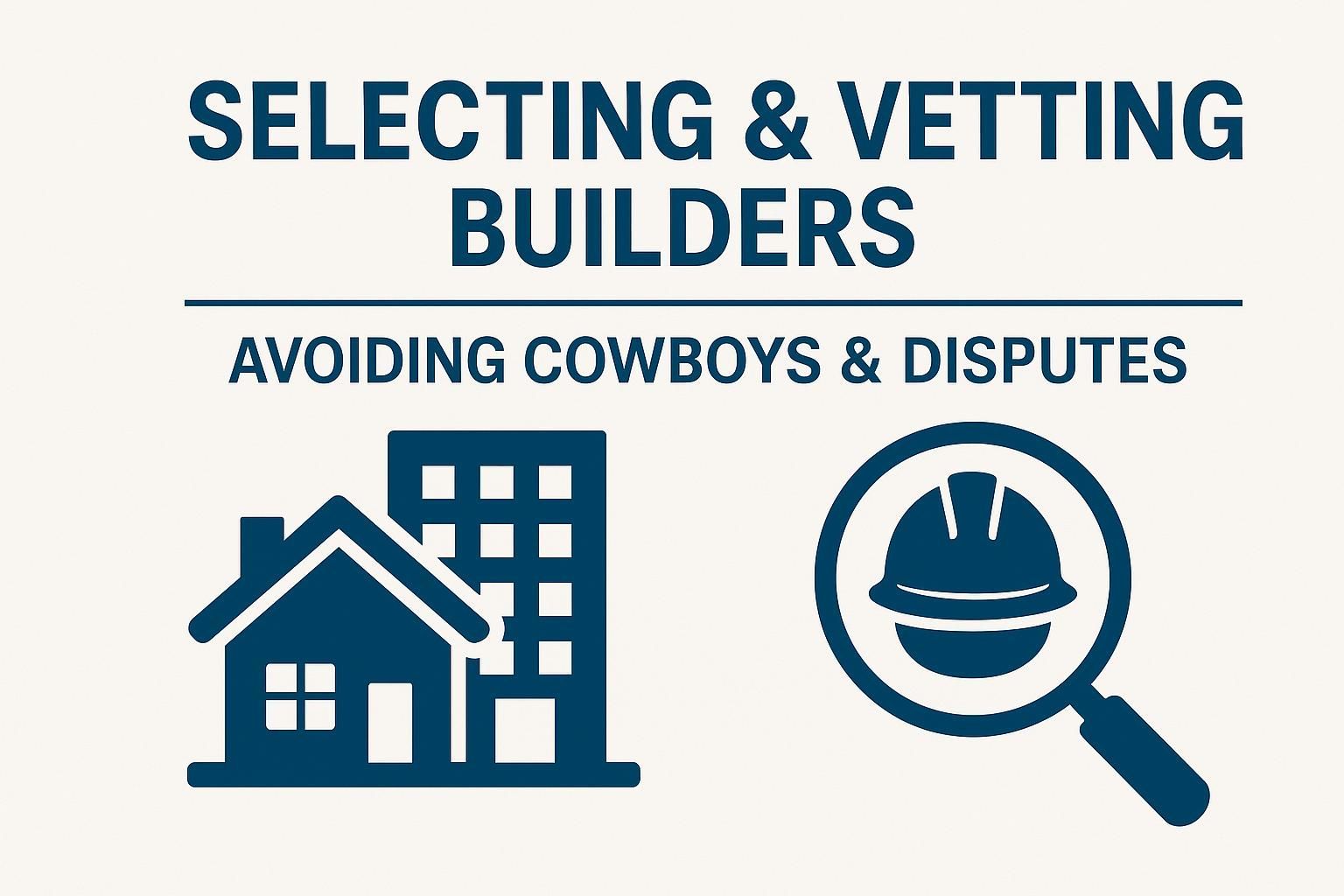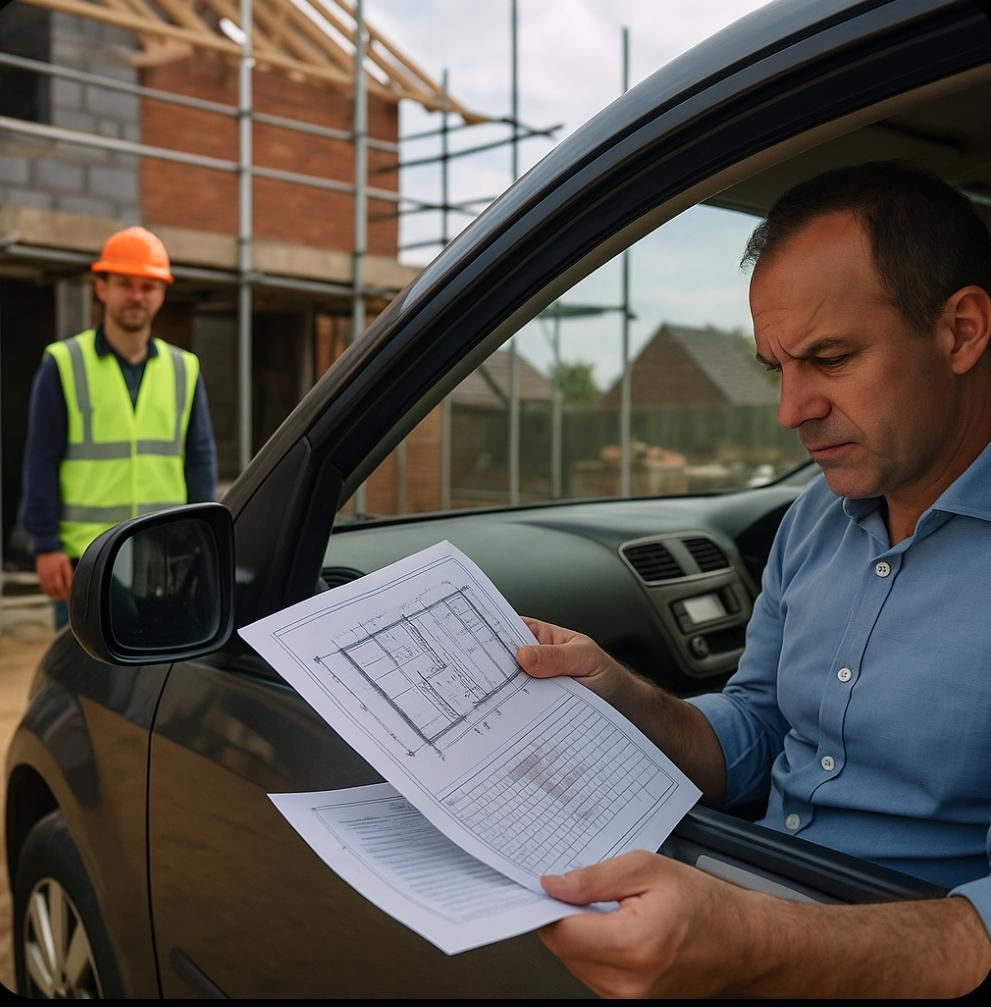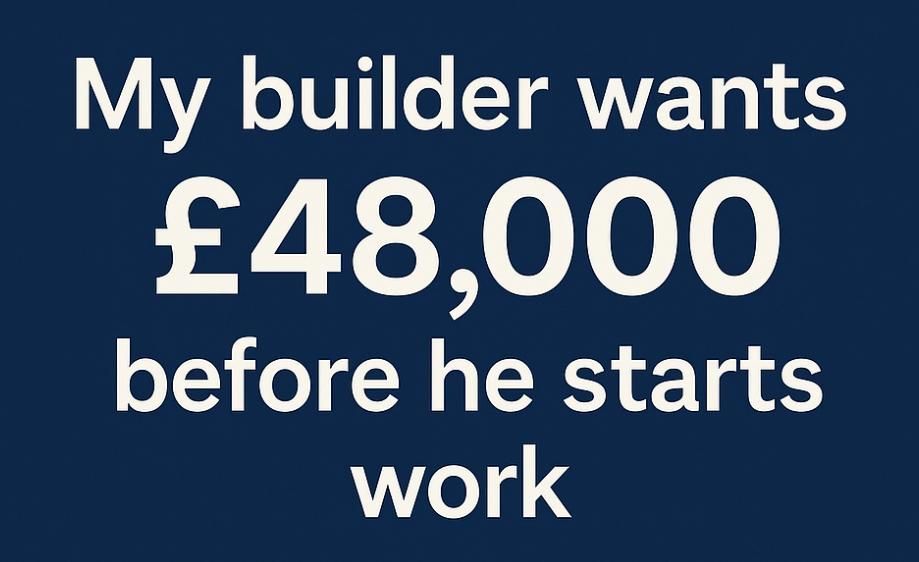Protecting gardens during building work
How to protect landscapes during building work
I have often seen considerable unnecessary damage caused to gardens during building works.
A little advance preparation can reduce the damage, disruption, and consequent cost in reviving the garden and other landscaping.
Here are some tips / techniques that can be used to protect gardens, plants, and trees when building work is taking place nearby:
Fencing: Erecting a temporary fence around the area can help to prevent damage from heavy machinery or construction debris.
Covering: Using a protective cover, such as a tarp, can help to shield plants and trees from dust and debris.
Watering: Watering plants and trees regularly can help to protect them from the stress caused by construction activities.
Relocating: If possible, temporarily relocating plants and trees to a safe location away from the construction site can help to protect them.
Soil stabilization: Adding mulch or other soil stabilizers can help to protect the roots of plants and trees from damage caused by heavy machinery.
Soil erosion control: Implementing erosion control measures such as silt fences and sediment basins can prevent topsoil from being washed away during heavy rains.
Using barriers: Install barriers such as barriers around the tree trunks to prevent damage from heavy machinery or construction debris.
Professional consulting: Consult with a professional arborist or landscaper to assess the potential impact of the construction on your plants and trees, and to develop a plan for protecting them.
Place sheets of plywood and tarp under skips to minimise driveway damage.
At The BGP we help home owners manage their building projects by reducing unnecessary:
· Damage
· Extra charges
· Delays
· Errors in layout and planning
Call us today for a without obligation discussion.



